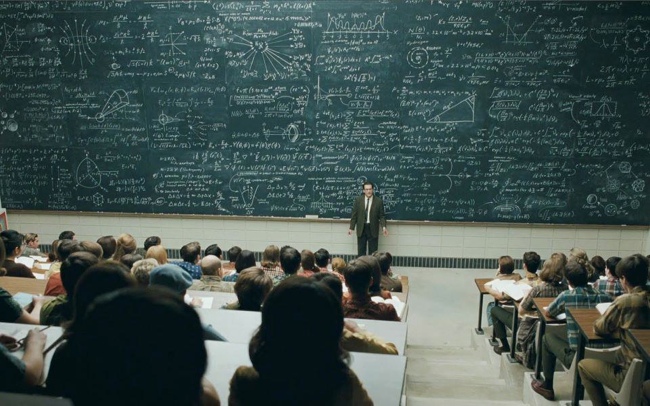By all accounts, Euro 2016 has been a high-quality affair.
Hard-fought matches, upsets, stirring individual performances – the tournament has had it all.
Like most major soccer shindigs, the European Championship has captivated an international audience. Throbbing with energy and fast-paced action, there’s much to admire.
It’s also a compelling reminder of why soccer is the world’s number one sport. Apart from its obvious attributes, soccer’s most redeeming quality is that it’s simple to understand. If an alien from Mars had to land at the Stade de France and watch a match for just five minutes, it would have a decent grasp of the game.
Understand the offside rule and you’re halfway there.
If that same alien had to land at Nelson Mandela Bay Stadium last week, or at any rugby ground, it would scratch its head and return to its spaceship. “Mad humans,” it would likely mutter.
‘For all its gladiatorial quality and supreme athleticism, rugby is often maddening to watch’
For all its gladiatorial quality and supreme athleticism, rugby is often maddening to watch. The laws are so dense, the interpretations so extreme, that anyone attempting to keep up or understand what was going on would have a fiendishly difficult time.
Take the laws that govern the lineout. According to World Rugby, there are 44 infringements that could possibly take place. Rucks? Players could get blown for 19 separate breaches.
Think about this for a moment and consider just how accomplished most referees actually are. They make split-second judgments that are correct almost always. Yet the ones they get wrong are magnified, slowed down and feasted upon by fans, coaches and analysts. Referees are on a hiding to nothing.
Indeed, World Rugby itself this week put out a video of Craig Joubert’s mea culpa about last year’s controversial World Cup match (Australia versus Scotland). It took them nine months, but that’s not the point. The point is that listening to Joubert tell it, the only response must be sympathy. He only realised his blunder when he watched the game later that night.
It was a standard error (albeit with major consequences), but it bears acknowledging that he had a fraction of a second to make a call where the margins were tiny. According to the game’s protocols, he couldn’t call upon the TMO either.
The recent series against Ireland was another case in point. Two nasty high-ball incidents bookended the series, the first involving CJ Stander, who copped a red card, and the other involving Willie le Roux, who was handed a yellow.
One of rugby’s central tenets is a fair contest for the ball, so any suggestion that the attacking player must back off from a high-ball challenge is moot. Such a ruling would also veto the art of cross-kicking, so gloriously demonstrated by Elton Jantjies for JP Pietersen’s score.
In recent years, particularly in Super Rugby, we’ve seen some horrendous mid-air collisions. These have mounted in number presumably because the high kick has become such a potent attacking weapon.
Player safety is vital, but determining the difference between what is reckless and what is accidental is difficult. Physics dictates that if you are jumping up to catch a ball and getting airborne, even the slightest touch in the air will have a dramatic impact on how you land. Typically, the outcome of the collision – rather than intent – is what is ruled on. It’s often messy.
Context is vital, which is why the defending player should also be looked at. Any player can launch himself for a 50-50 ball, putting himself in harm’s way.
It would be very difficult to nail a player for intending to injure an opponent, especially as the nature of the game is inherently good and fair. Besides, injuries occur myriad other ways.
Most often, contesting players are simply careless, perhaps even reckless, but who can reasonably tell in the heat of the contest?
Plenty of other laws need revisiting. The breakdown is a shambles – I’d simplify the laws to ensure quick ball – and the scrum engagement is much too complicated.
Interpretation, too, is much too subjective and, as much as referee’s managing games by barking at players irks me, I’d rather have that than any more stoppages.
Rugby remains a great game. But imagine how much better it could be. – © Sunday Tribune

